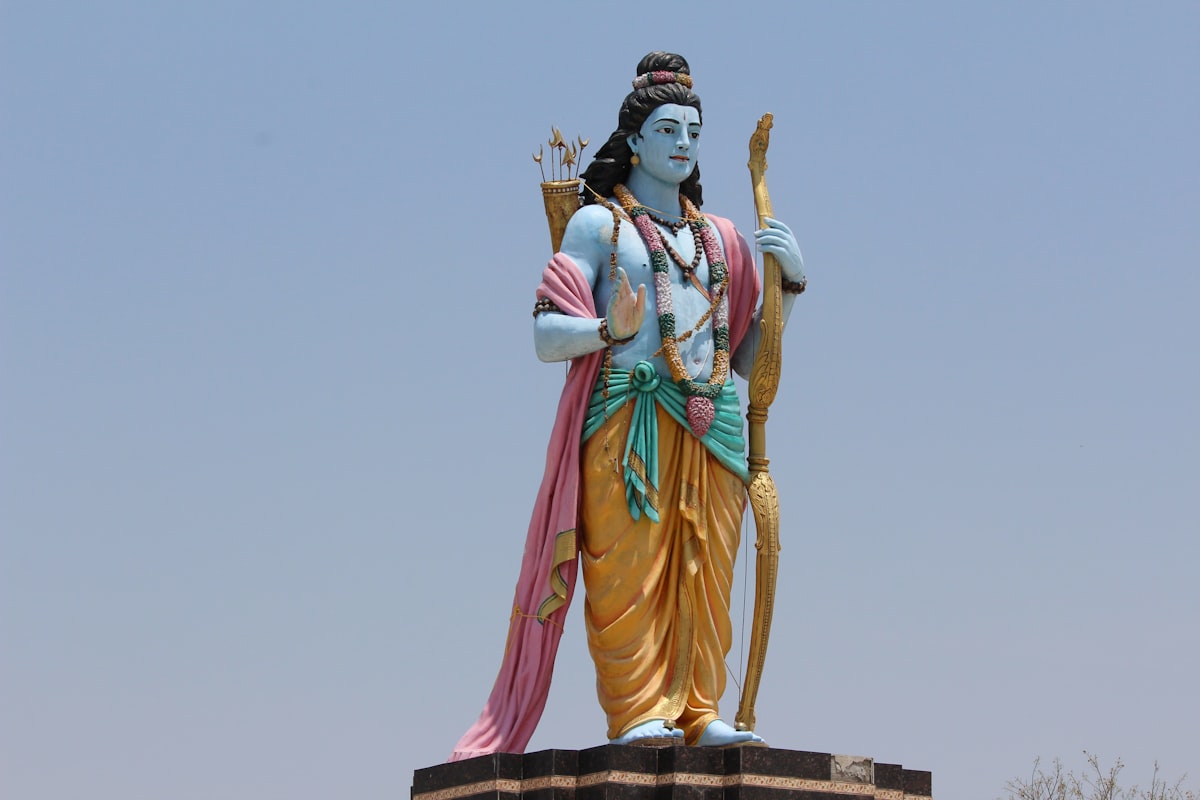dussehra: celebrating the victory of good over evil

Today marks the occasion of Dussehra or Vijayadashami, the tenth and final day of the festival of Navratri, which is dedicated to the worship of the divine feminine. Dussehra is celebrated on the tenth day of the Hindu month of Ashvin which usually corresponds to September or October in the Gregorian calendar.
The festival’s name is derived from daśaharā (दशहरा), which is a Sanskrit compound word composed of daśama (दशम, 'tenth') and ahar (अहर्, 'day'), indicating tenth day. As per another interpretation, which aligns with the mythology of the festival, the word is derived from the Sanskrit words daśa (“ten”) and hara (“defeat”). ‘Dus’ signifies the ten heads of Ravan (the demon-king who represents evil) and ‘hara’ means to defeat or eliminate that evil.
In the northern, central, and western states of India, Dussehra is celebrated in the honor of Lord Ram, an avatar of Lord Vishnu, with great fervor and fanfare. Thousands of plays, based on Ramayana and Ramcharitmanas (the life story of Ram) called Ramlila are performed at outdoor fairs by theater troupes across numerous locations for the first nine days. Later, on the tenth day i.e. the day of Dussehra, effigies of Ravan—often along with those of Meghnad (Ravan’s son) and Kumbhkaran (Ravan’s brother)—are stuffed with firecrackers and set ablaze in the evening on open grounds amongst countless spectators.
The Story Behind the Festival
As per Hindu mythology, the ten-headed demon-king Ravan abducts Sita, the wife of Ram, and takes her away to his island kingdom of Lanka where he holds her captive. To save her, Ram and Lakshman, along with Hanuman, establish an army of vanaras (vanara-sena) and declare war against Ravan. A deadly and fierce battle ensues between Ram and Ravan which culminates in Ram killing Ravan and ending his evil rule. Eventually, because of Ram’s victory over Ravan, Dharma is again established on Earth. The festival thus symbolizes the victory of good over evil.
Spiritual Significance of Dussehra
In its purest sense, Dussehra is a celebration of the victory of good over evil. The various parts of the Indian subcontinent celebrate the festival for different reasons. Some celebrate Dussehra as the victory of Ram over Ravan, while others observe this day as Vijayadashami, the victory of Goddess Durga over the buffalo demon Mahishasura to restore and protect dharma.
Dussehra is a remarkable opportunity to gain spiritual awareness. This festival reaffirms our faith in the fact that evil can never win in the presence of good and that divine power is always watching over us.
It is believed that Ravan's 10 heads represent 10 human vices. And so, Dussehra is a wonderful time to symbolically burn these 10 vices within us and emerge as better, more awakened humans who have conquered their inner demons and weaknesses.
Both Ram (good) and Ravan (evil) are present in each of us as well. We can’t eliminate the negativity within us, it’s always there, and we have to learn to deal with it skilfully. As the old Cherokee tale goes, the wolf we choose to feed eventually wins in the end.
Our ultimate goal must be to elevate ourselves and inch towards becoming Ram, the force of good, instead of dwelling in negativity and evil and becoming Ravan in the process.
It’s a constant battle and it’s vital that we cultivate self-mastery to lead a better, wholesome, happy, and successful life.


